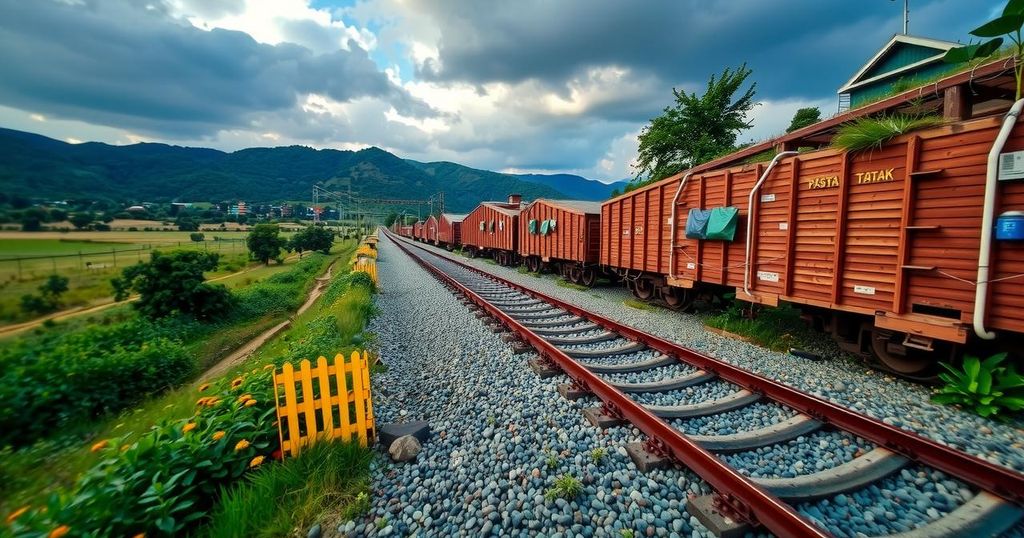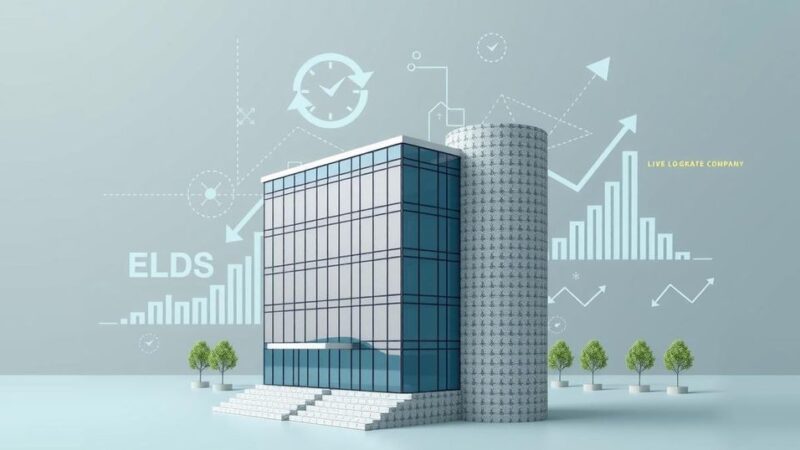The Government of Tanzania has secured funding for a section of the Standard Gauge Railway linking it to Burundi, following successful negotiations with three international financial institutions. The project, managed by the Tanzania Railways Corporation, is part of a larger initiative to create a 2,561-kilometer railway network connecting Tanzania with its neighbors, enhancing trade and transport efficiency in the region.
The Government of Tanzania has announced the successful acquisition of funding for the construction of a section of the Standard Gauge Railway (SGR), which will connect Tanzania with Burundi. This development follows the conclusion of negotiations between the Tanzanian authorities and three international financial institutions, which are set to finance the railway segment from Uvinza in Kigoma, Tanzania, to Musongati, Burundi. The Tanzania Railways Corporation (TRC) is managing the extensive 2,561-kilometer railway project that will ultimately connect the Indian Ocean port of Dar es Salaam to Mwanza on Lake Victoria, with proposed extensions to neighboring countries including Burundi, the Democratic Republic of the Congo, Rwanda, and Uganda. Currently, the railway line between Dar es Salaam and Dodoma is operational, while multiple other segments remain under construction. Mateshi Tito, the acting director general of TRC, confirmed on November 15 that a contract for the new section would soon be signed with Standard Chartered, China Export, and Credit Insurance Corporation (Sinosure), as well as the African Development Bank (AfDB). However, Mr. Tito refrained from disclosing specific funding amounts that the international institutions will provide for this infrastructure initiative, speaking at a training session for the parliamentary Public Investment Committee (PIC). As the construction progresses, Mr. Tito reported satisfactory advancements across various project segments. Current estimates indicate that the Makutupora-Tabora segment is approximately 14.53 percent complete, while Tabora-Isaka stands at 6.14 percent, the Isaka-Mwanza portion is 60.62 percent, and the Tabora-Kigoma sector is at 6.68 percent completion. Additionally, discussions with interested investors for SGR locomotives and new projects, such as the Mtwara-Mbamba Bay SGR project, are ongoing. Mr. Augustine Vuma Holle, the PIC chairman, expressed satisfaction with the expenditures made thus far, totaling around $10 billion. He emphasized the potential for increased revenue generation, predicting a significant increase in income once freight train services are operational next February. Mr. Holle noted that the TRC had already collected over 20 billion Tanzanian Shillings since the SGR commenced passenger services, highlighting the economically dual-use nature of the railway where freight transportation typically generates a higher revenue share compared to passenger services. Deputy Minister for Transport, Mr. David Kihenzile, endorsed the positive feedback from the Public Investment Committee members, reaffirming the government’s commitment to diligently advancing the SGR project amidst its substantial investment requirements.
The Standard Gauge Railway (SGR) project in Tanzania is a significant infrastructure initiative aimed at enhancing regional connectivity and transport efficiency. It is designed to facilitate effective trade and mobility across East African nations. The government’s engagement with international financial institutions for funding manifests its strategy to expand the railway network and strengthen economic ties with neighboring countries such as Burundi. The SGR’s operational segments are expected to improve freight and passenger services, significantly impacting Tanzania’s economy and transport sector.
In summary, the Tanzanian government has successfully secured funding for a critical section of the Standard Gauge Railway that will connect to Burundi, as announced by the Tanzania Railways Corporation. The project is part of a larger infrastructural endeavor aimed at enhancing East African connectivity and is backed by several international financial institutions. Continued construction across various segments shows promising progress, paving the way for increased economic activity and revenue generation once the freight services commence.
Original Source: www.thecitizen.co.tz






